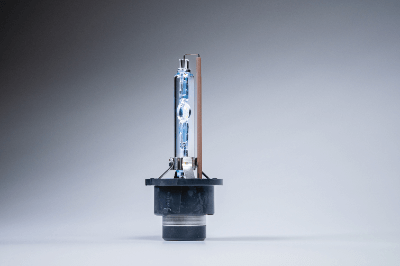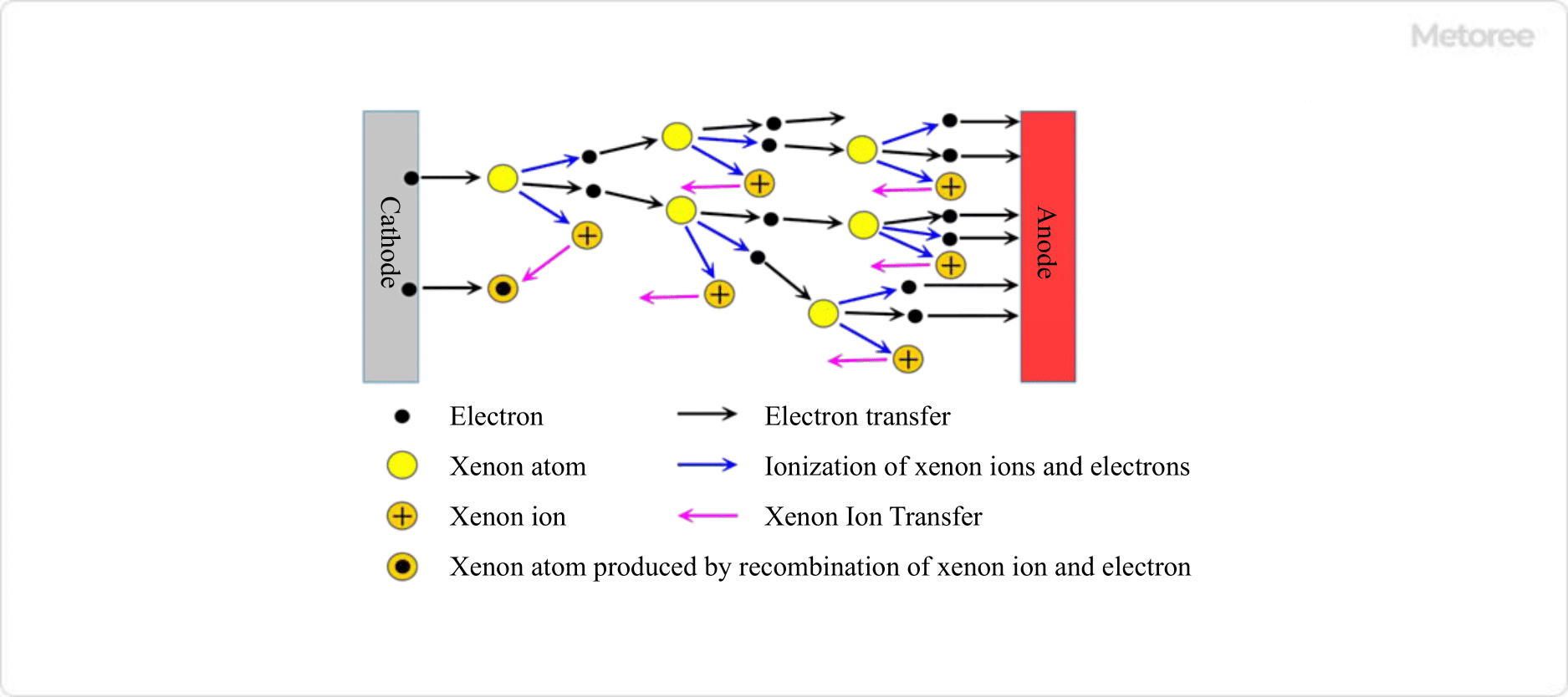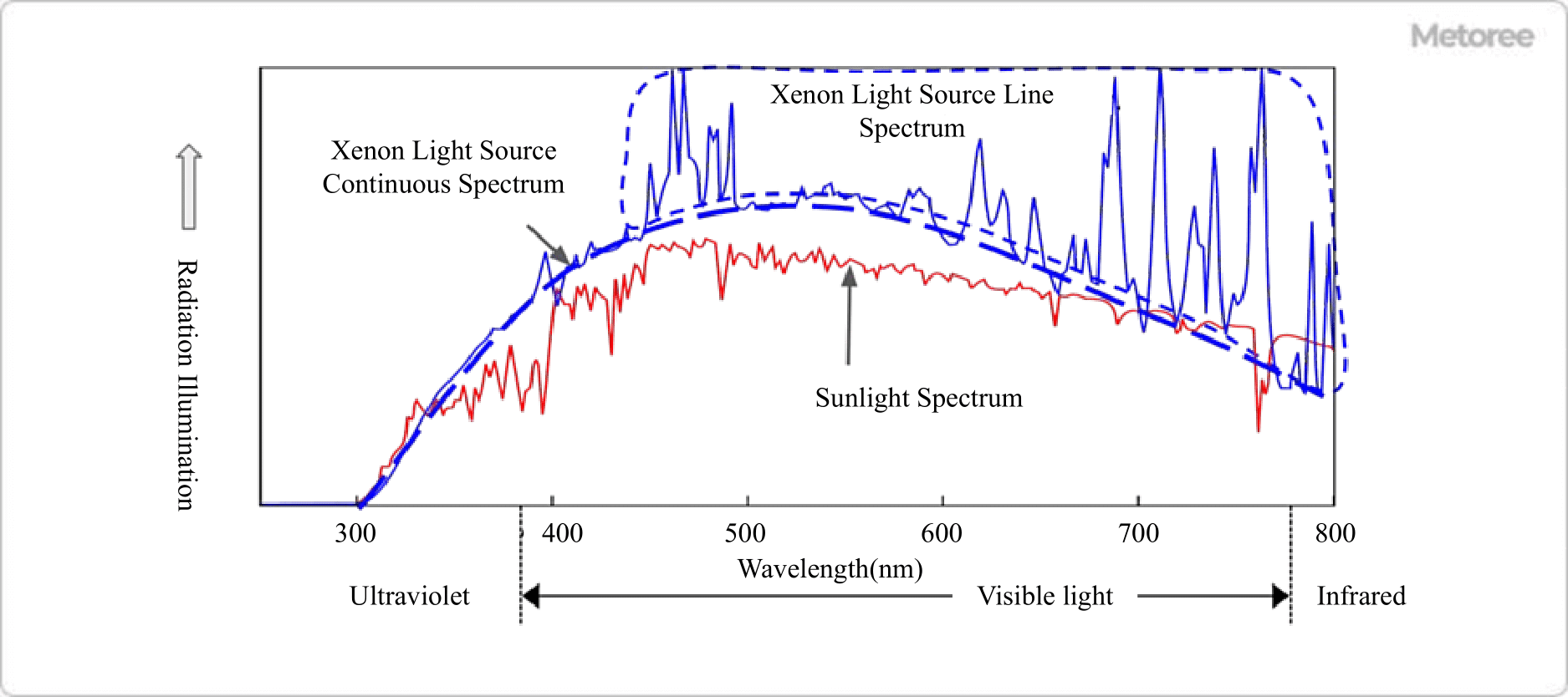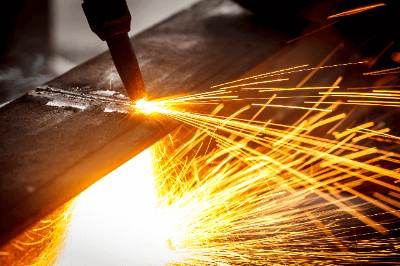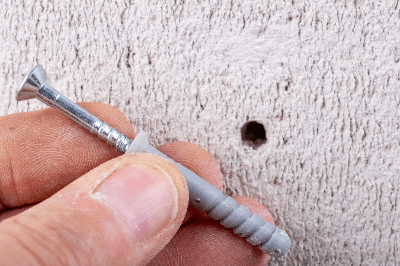What Is a Configurator?
A configurator is a tool or software used to set up or configure a machine, device, system, or software.
The term “configurator” is derived from the computer term “configure,” which means to configure or set up an environment. It is mainly used in the manufacturing industry to create product configurations by inputting specifications requested by customers.
In a product or service that has a very large number of combination patterns of optional elements and functional specifications, its optimal product configuration and reasonable parameter settings are calculated and selected according to the customer’s requirements.
After selecting specifications, a configurator’s system calculates possible combination patterns and their validity, and instantly derives a bill of materials and necessary estimates for the requested product.
The configurator has a general GUI that allows the user to configure the necessary settings and customize it to suit their business type.
Uses of Configurators
Configurators are mainly used in the manufacturing industry for estimating. In the automotive industry, they are called car configurators and are used to select specifications, options, and insurance for vehicles that are being considered for purchase.
Configurators allow the customer to select specifications and optional features from a range of specifications that the company can manufacture and support. In addition, the configurator can provide an accurate quotation for the specifications and optional features on the spot.
If there is no configurator at the sales meeting, the customer’s request must be brought back to the company, and inquiries must be made to the design and manufacturing departments, and a response compiled. On the other hand, with a configurator, the customer’s request can be calculated on the spot during negotiations, and negotiations can proceed while the quoted price is being presented. As a result, it is easy to significantly shorten the time required for sales and improve sales performance.
Principle of Configurator
Since configurators function as software, they must be preconfigured regarding the movement of the application, and there are two types of configuration methods.
1. Configuration by Configuration File
A file describing the configuration of the application behavior is created, and the application behavior is modified and configured by reading the file. The language of the source code of the configuration file depends on the system and application to be implemented, but in general, programming languages such as C, Java, Python, and Ruby are often used.
2. Setting by a Screen in the Configurator
By creating a screen where the user can configure the settings, it is possible to customize the behavior of the application according to the user’s needs. In most cases, the default settings are used as a base, but screens that can be configured by the user can be built at the development stage to facilitate customization according to the intended use.
How to Select a Configurator
When selecting a configurator, the following points should be considered:
1. Is the Configurator Compatible With the Equipment to Be Used?
In some cases, the configurator may not be compatible with the type of equipment used. It is also necessary to confirm that the configurator is compatible not only with the device itself, but also with other devices and applications.
2. Is It Easy to Operate?
Operability is very important for users who work with configurators. Even if the configurator has a full set of functions and is easy to customize, if it is difficult for the user to handle and understand, it will affect the efficiency of the business. Before introducing a configurator, it is necessary to confirm the operability of the actual product.
3. Are Necessary Functions Installed?
Check whether the configurator is equipped with the functions necessary for the business. It is important that the configurator not only satisfies routine operations, but also has functions that can be used for non-routine operations.
4. Is There a Solid Support System?
We will check if there is a support desk that can be contacted in the event of a problem with the configurator. If there is a problem with the equipment that plays a key role in the core business of the configurator, it will have a significant impact on the business, so it is important to have a support system in place to ensure that the problem is handled promptly and accurately.
